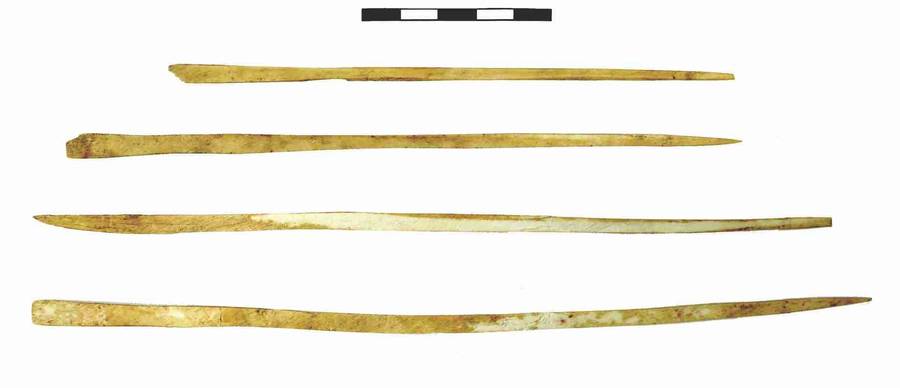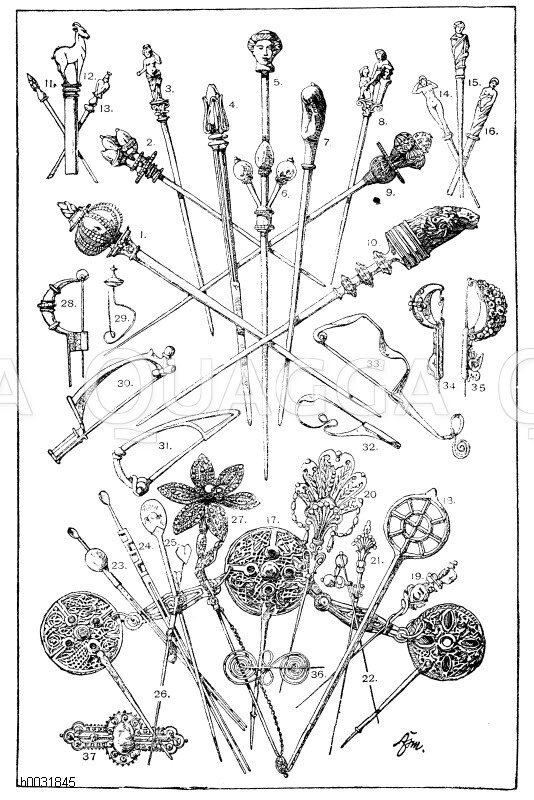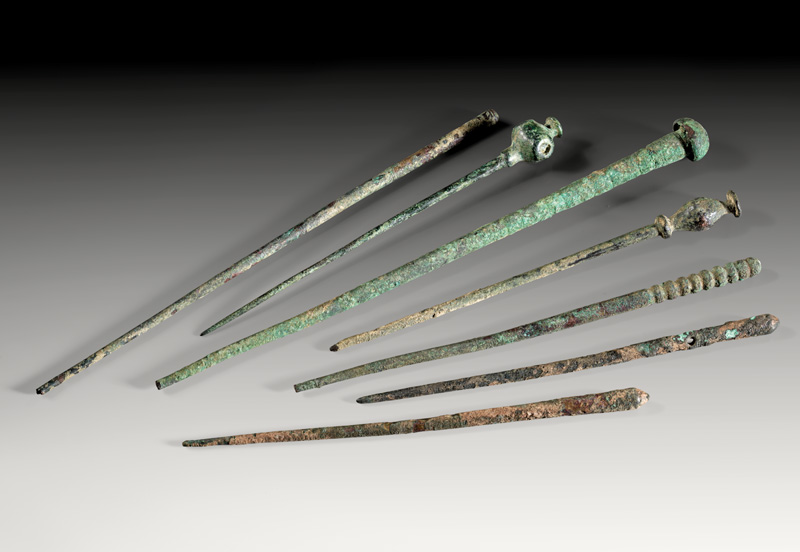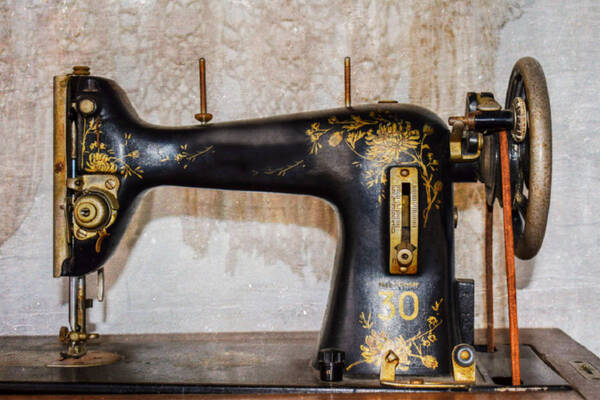This is an old revision of the document!
Needles
A: Did you know that needles are very very old? The oldest known needles date back to the Paleolithic period and were made of bone. A notable example is about 43,000 years old and was found in Strashnaya Cave in western Altai. I'd say that makes them one of the first primitive tools ever to exist.

B: Oh yes, that's really quite old!
Can you tell me more about needles?
A: Well sure, you are talking to the needle expert.
These needles were essential for sewing fur clothing, which enabled survival in cold climates. They were usually made of animal bone or ivory, with hand-drilled eyes. In some cultures, the ability to sew was considered as important as hunting.
Needles appear in almost all archaeological cultures – from Cro-Magnon people to Inuit tradition.
B: Wow, interesting! How does the story continue?
A: I'm glad you asked! In ancient times, pins were made of bronze, copper, or silver. Roman fibulae (garment pins) were both functional and decorative. In Greece and Rome, pins were used for clothing, hairstyles (hairpins), and even surgical procedures. Metal pins were often ornately decorated — they indicated social status.


B:And what happened to the needles in the Middle Ages?
A: Then, in the Middle Ages, Needles were forged by hand. Cities like Nuremberg became centers of needlemaking. And Sewing became a central part of women's education and monastic activities. Embroidery and fine needles were used to depict religious and courtly themes. In monastic life, the needle was almost a sacred tool—silent handwork was considered a form of devotion.
Later, in the 14th century, the systematic production of steel needles began in Europe. In the 18th and 19th centuries, industrialization enabled the mass production of needles – for example, using steam engines. The invention of the sewing machine (from around 1846) revolutionized the use and variety of needles. Specializations emerged: for fabric types, applications, and machines. The “needle industry” was a key sector in early capitalism (e.g., England, Germany).
